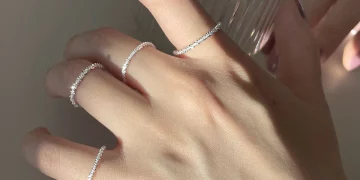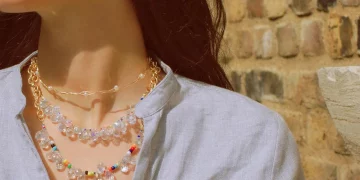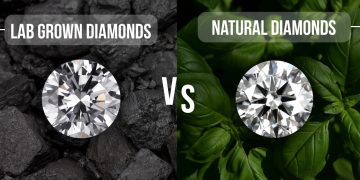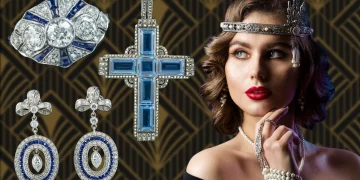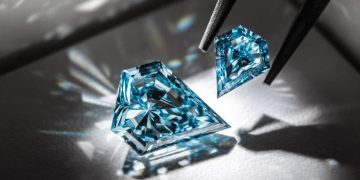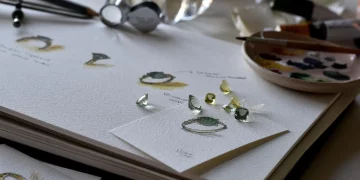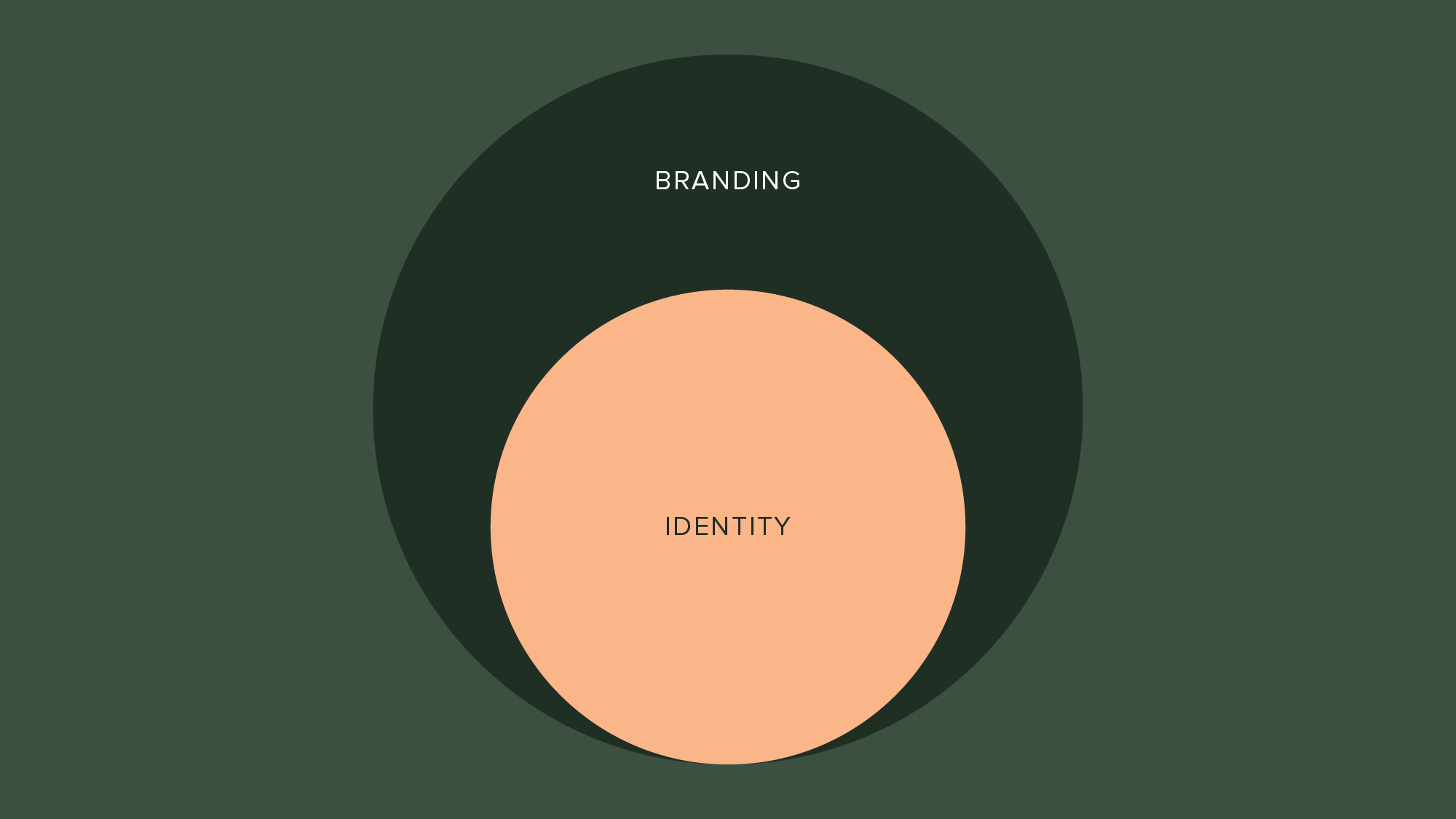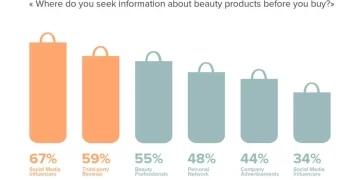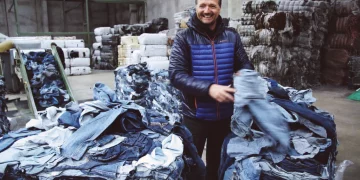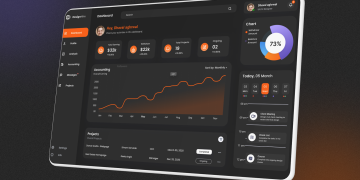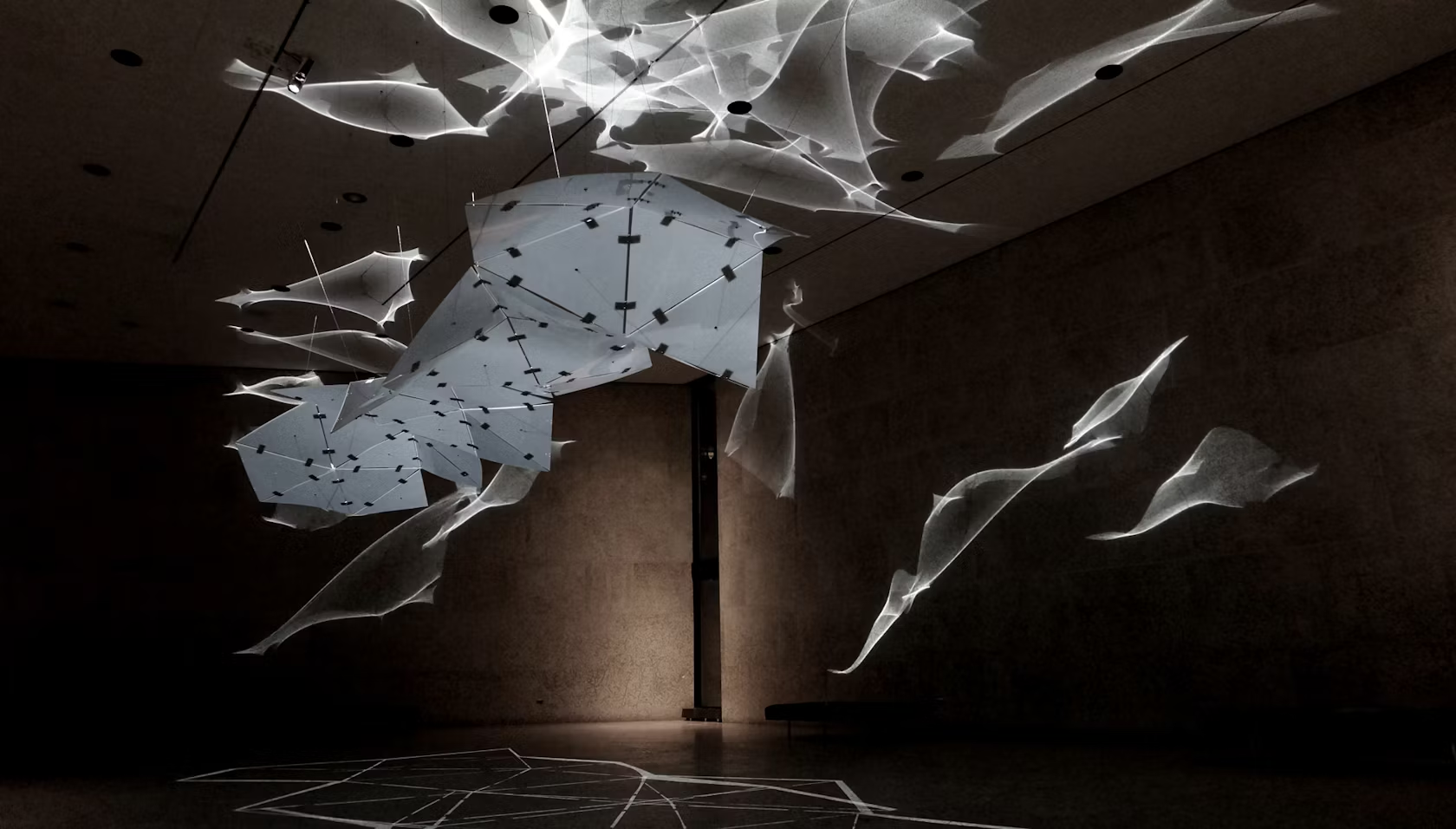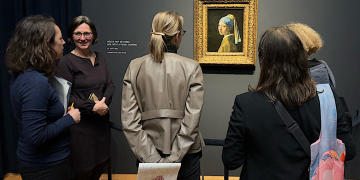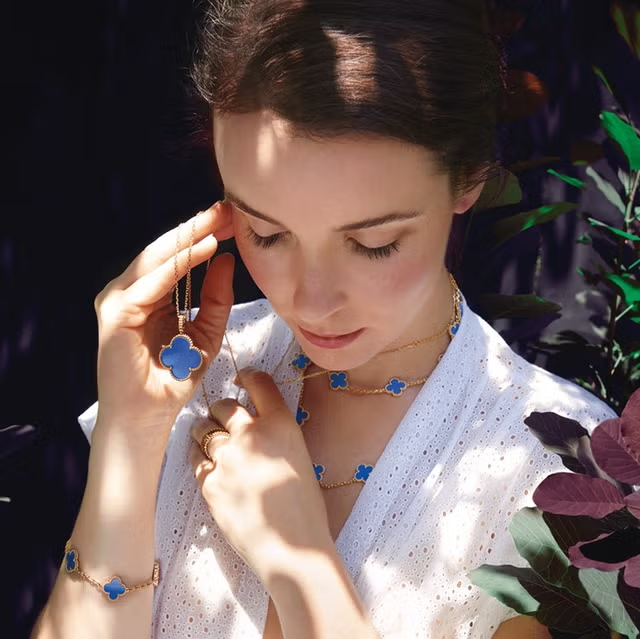Introduction
The global luxury market has long been synonymous with exclusivity and novelty, but a paradigm shift is underway. The pre-owned luxury jewelry sector, once a niche market, has surged into the mainstream, driven by evolving consumer values, economic pragmatism, and technological advancements. By 2025, China’s secondhand luxury market is projected to account for a significant share of the nearly ¥3 trillion ($420 billion)闲置交易规模 (idle transaction volume). This article explores the multifaceted reasons behind this trend, focusing on consumer psychology, market dynamics, and the transformative role of digital ecosystems.
1. Economic and Environmental Drivers
a) The Appeal of Circular Economy Policies
Governments worldwide are prioritizing sustainability, with China’s circular economy policies accelerating the normalization of secondhand consumption. The清华大学能源环境经济研究所 (Tsinghua University’s Institute of Energy, Environment, and Economy) highlights that pre-owned transactions reduce carbon footprints by extending product lifecycles, aligning with younger generations’ environmental consciousness. For luxury jewelry, which often involves resource-intensive materials like gold and gemstones, resale mitigates ecological impact while satisfying ethical消费 (ethical consumption) trends.
b) Cost-Effectiveness in a Volatile Economy
Amid inflationary pressures and market uncertainty, consumers seek value retention. Luxury jewelry, particularly iconic pieces from brands like Cartier or Van Cleef & Arpels, retains intrinsic value. A 2024 report noted that some investors resold Chanel necklaces on platforms like红布林 (Plum) for profits exceeding ¥37,264 ($5,200), transforming jewelry into “wearable assets”. This financial pragmatism appeals to millennials and Gen Z, who prioritize experiential ownership over traditional retail splurges.
2. Shifts in Consumer Behavior
a) Democratization of Luxury
The exclusivity of luxury brands is being redefined. While primary markets stagnate—Gucci’s Q1 2024 revenue fell by 18% year-on-year—secondary markets thrive by making high-end jewelry accessible. Platforms like寺库 (Secoo) and妃鱼 (Feiyu) offer authenticated pre-owned pieces at 30–70% discounts, attracting aspirational buyers who covet品牌价值 (brand equity) without the premium price tag.
b) Nostalgia and Uniqueness
Vintage jewelry carries historical allure. Art Deco-era Cartier bracelets or signed pieces from mid-century designers are perceived as wearable art, offering storytelling value absent in mass-produced items. Social media amplifies this trend; influencers showcasing heirloom resales or limited-edition finds fuel demand for one-of-a-kind pieces.
3. Technological and Operational Innovations
a) Digital Trust through Authentication Tech
Counterfeit concerns once plagued the二手奢侈品 (secondhand luxury) market. However, AI-powered鉴定 (authentication) systems and blockchain tracking now ensure transparency. For instance,妃鱼’s SaaS platform uses machine learning to assess箱包 (handbag) and jewelry quality, standardizing grading and pricing. Such innovations build consumer confidence, critical for high-value transactions.
b) Hybrid Retail Models
The线上线下融合 (online-to-offline integration) trend reshapes shopping experiences. Pop-up stores for pre-owned jewelry allow tactile engagement, while livestream sales on抖音 (Douyin) or小红书 (Xiaohongshu) create interactive buying journeys. This omnichannel approach caters to diverse demographics: older buyers prefer in-store assurance, while younger cohorts embrace digital convenience.

4. Cultural and Generational Dynamics
a) Gen Z’s Thriftiness and Status Signaling
Younger consumers reject fast fashion’s disposability, opting for “quiet luxury” that balances affordability and prestige. A二手 (secondhand) Hermès Collier de Chien bracelet signals discernment rather than extravagance. Additionally, platforms integrate social features—users share resale achievements, fostering社区驱动 (community-driven) consumption.
b) Western Influence and Globalization
The “vintage chic” trend, popularized by celebrities like Bella Hadid, normalizes pre-owned luxury in Asia. Cross-border e-commerce enables access to global inventories; a Japanese buyer might purchase a pre-owned Tiffany necklace from a European seller via a centralized marketplace.
5. Challenges and Future Outlook
a) Regulatory and Logistical Hurdles
Standardizing鉴定流程 (authentication processes) remains critical. While blockchain and RFID tags enhance traceability, inconsistent regulations across regions complicate跨境交易 (cross-border transactions). Industry collaboration with brands—e.g., LVMH’s试点 (pilot) certification programs—could legitimize resale channels.
b) The Road Ahead: From Niche to Norm
The market is projected to grow at a 12% CAGR through 2030, driven by AI-driven personalization and ESG (Environmental, Social, Governance) investing. Brands may eventually embrace resale as a revenue stream, mirroring Rolex’s certified pre-owned program. Ultimately, the “old” jewelry boom reflects a broader redefinition of luxury—one where heritage and sustainability outweigh mere newness.
Conclusion
The rise of pre-owned luxury jewelry is no fleeting trend but a reflection of macroeconomic, technological, and cultural evolution. As consumers increasingly prioritize value, sustainability, and individuality, the secondary market will continue to disrupt traditional retail paradigms. For brands and platforms, the challenge—and opportunity—lies in balancing authenticity with innovation, ensuring that “old” jewelry remains eternally desirable.

